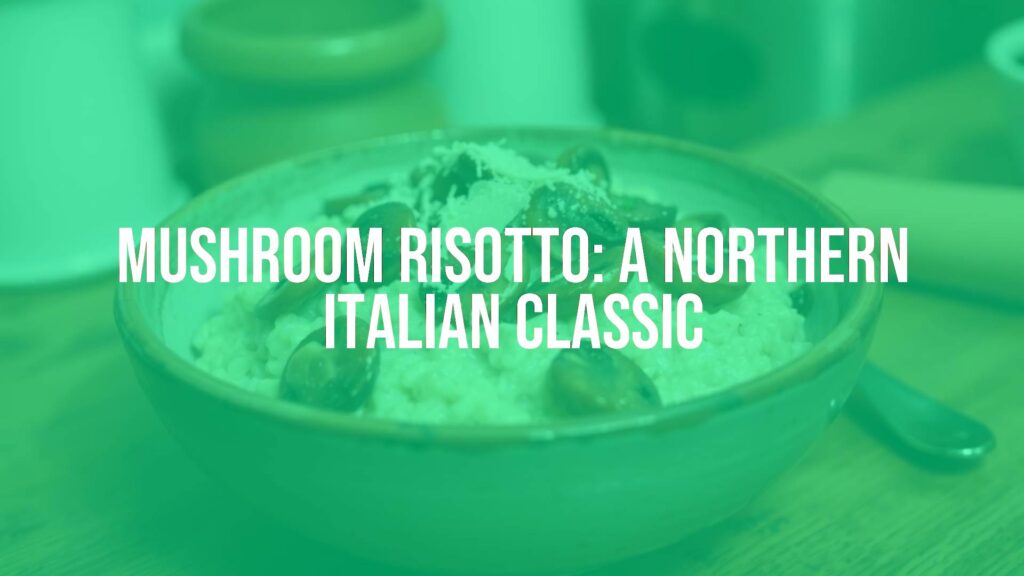An Overview of Mushroom Risotto
Mushroom risotto, or risotto ai funghi, is a beloved dish in Italian cuisine, celebrated for its creamy consistency, earthy flavors, and elegant simplicity. This slow-cooked rice dish, enriched with a medley of mushrooms, offers an unforgettable texture and depth that sets it apart in Italian gastronomy.
Key Characteristics and Preparation Style
At its heart, mushroom risotto is made using short-grained rice, typically arborio or carnaroli, which is stirred gradually with hot broth until the grains become tender yet slightly al dente. The hallmark creaminess of risotto comes from the starches released by the rice as it cooks. Sautéed mushrooms, often a mix of cremini, porcini, and button varieties, are added for their robust, umami-forward flavor. The final dish is rich, velvety, and punctuated by the delicate aroma of the mushrooms, with a slightly chewy bite from the rice.
Historical Context and Regional Roots
Risotto’s origins trace back to Northern Italy, particularly the regions of Lombardy and Piedmont, where rice paddies thrive in the fertile plains. While risotto in various forms dates to the Renaissance, the mushroom version became particularly popular with the widespread availability of cultivated and wild mushrooms in these regions. Mushroom risotto mirrors the local emphasis on simple, seasonal ingredients and embodies the Italian philosophy of letting high-quality produce shine.
Essential Ingredients and Their Roles
The foundation of any mushroom risotto includes:
- Short-grained rice: Arborio, carnaroli, or vialone nano varieties for optimal starch content
- Fresh mushrooms: Porcini are traditional, but cremini and champignon are frequently used
- Onion or shallot: Aromatics gently sautéed in olive oil or butter
- White wine: Adds acidity and balance
- Vegetable or chicken broth: Gradually stirred in for creaminess
- Parmesan cheese: Provides a savory finish
- Butter: Stirred in at the end for richness (a technique called “mantecatura”)
Optional garnishes include fresh parsley and a drizzle of truffle oil for extra aroma.
Common Variations and Ingredient Alternatives
Depending on region and season, variations may include adding dried porcini soaked in warm water (to intensify the mushroom flavor), wild mushrooms from local forests, or even a touch of cream for extra richness. Vegan adaptations typically substitute olive oil for butter and omit or replace cheese with nutritional yeast. In some interpretations, leeks or garlic join the base for a deeper aromatic profile. For a heartier dish, chefs might add peas, spinach, or a sprinkle of crispy pancetta.
How to Enjoy Mushroom Risotto
Mushroom risotto is most often served as a primo piatto, or first course, in an Italian meal, but can also stand alone as a comforting vegetarian main. Its creamy texture and earthy flavor pair excellently with simple green salads or roasted vegetables. For wine pairings, look to medium-bodied reds like Barbera or Chianti, or a crisp white such as Pinot Grigio. To elevate the dish for special occasions, consider a finishing touch of shaved truffle or a splash of truffle oil.
Conclusion
Mushroom risotto encapsulates the artistry of Italian home cooking—transforming humble, pantry-friendly ingredients into an indulgent, aromatic dish. Whether enjoyed on a chilly evening or as part of a festive gathering, its refined flavors and comforting textures make it a perennial favorite among food lovers around the world.

